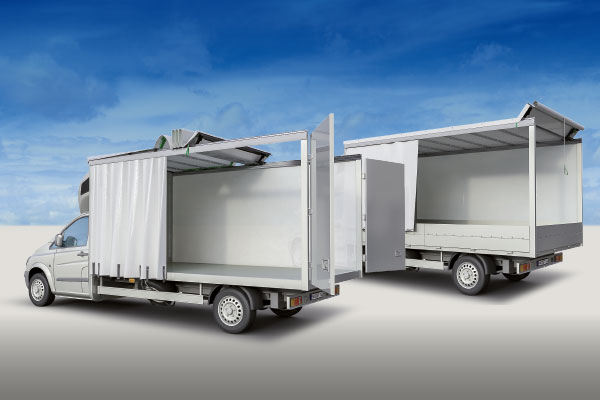What is WLTP?
WLTP (Worldwide Harmonized Light-Duty Vehicle Test Procedure) is a new test procedure for measuring fuel consumption, CO2 and pollutant emissions of passenger cars and light commercial vehicles. The basis for the CO2 limit value in the EU has so far been the "New European Driving Cycle" (NEDC). This test procedure, which was introduced in 1992, not only made it possible to compare vehicle emissions throughout Europe, but was also used in Germany, for example, as a yardstick for the amount of motor vehicle tax. Compared to NEDC, WLTP takes into account the application of significantly higher speeds and accelerations during the test procedure. However, the personal driving style and different environmental conditions are not taken into account here either. This is because the WLTP tests are not carried out on the road, but on test benches in the "laboratory" as was previously the case. However, in the WLTP, for example, the CO2 value is determined vehicle-specifically, i.e. the individual equipment of the vehicle is taken into account.
Who is WLTP for?
WLTP has been used by car manufacturers for passenger car vehicles and passenger car-like light commercial vehicles (N1 of Group I) since September 2017 to determine the pollutant, CO2 and fuel consumption data, as well as the electrical ranges of electrified vehicles. WLTP is mandatory for new vehicle types as part of the approval process. From September 2018, the WLTP will also apply to new registrations of passenger car vehicles and from September 2019 to new light commercial vehicles similar to passenger cars.
What happens with retrofitting and additions?
More than 40 percent of the commercial vehicles produced in the "van class" are sold by the vehicle industry as chassis without bodywork and are only given their customer-specific bodywork type by the mainly medium-sized bodybuilder companies. In addition, the majority of the affected vehicles are supplemented with retrofits and additions such as interior fittings, signalling systems, etc.
Bodybuilders must therefore be able to check their project for WLTP conformity in order to prepare a quotation. This requires, for example, appropriate web-based calculation platforms on which the WLTP values are calculated by entering weight, dimensions and rolling resistance. This is done in combination with the respective engine data and other vehicle data from the manufacturer. Only when all these data are in line with the WLTP specifications can the vehicle be approved.

What about the big trucks?
WLTP does not apply to heavy trucks and buses. This does not mean that there are no strict limits for these vehicle types in the EU. For heavy trucks and buses, for example, exhaust emission limits per kilowatt hour apply according to the so-called Euro VI standard. It limits the maximum amount of various pollutants such as carbon monoxide, nitrogen oxides and ammonia. There is currently no upper limit for CO2.
Even with the heavy trucks there are different tests. In the case of heavy trucks and buses, it is usually only the engines that undergo the exhaust emission test, because the entire vehicle is difficult to move on roller test benches. This is a special device on the ground that simulates road resistance by means of rollers and moves or stops only the wheels of the vehicles.
WLTP useful for trucks and buses?
Incidentally, experts do not consider a legal regulation modelled on the CO2 regulation for passenger cars and light commercial vehicles (WLTP) to be sensible for heavy commercial vehicles. For example, hardly any commercial vehicle is already running completely off a manufacturer's assembly line. Instead, trailer and body manufacturers complete the vehicles without the vehicle manufacturers being aware of this in each individual case. At the same time, bodies and trailers have a considerable influence on weight, aerodynamics and other factors that have a considerable influence on fuel consumption. After all, unlike passenger cars and light commercial vehicles, there is currently no generally binding test cycle for heavy commercial vehicles.
Which countries will implement WLTP?
The WLTP procedure will initially be implemented by all UNECE members (EU-28, Norway, Iceland, Switzerland/Liechtenstein, Turkey and Israel). Other countries that have signed the WLTP agreement, such as China, Japan, South Korea, Russia, India and the USA, are currently in an observer position and do not yet have timetables.






